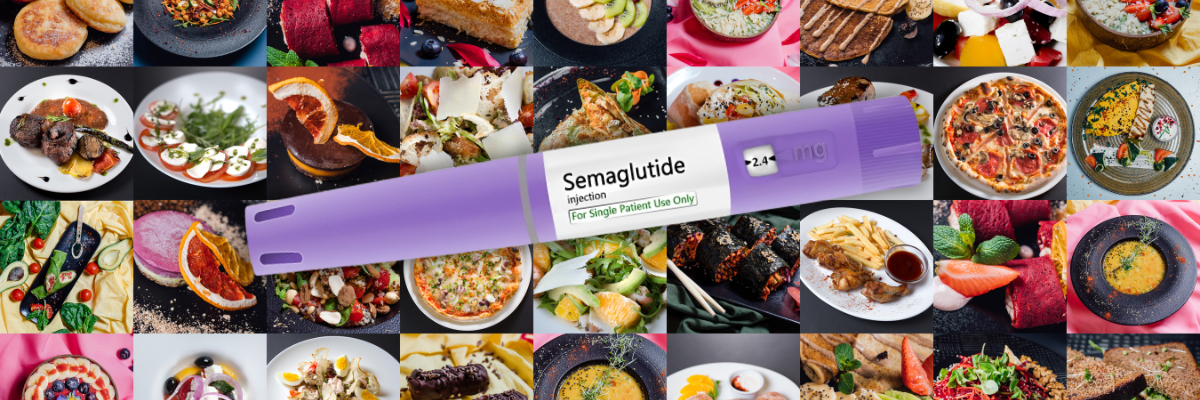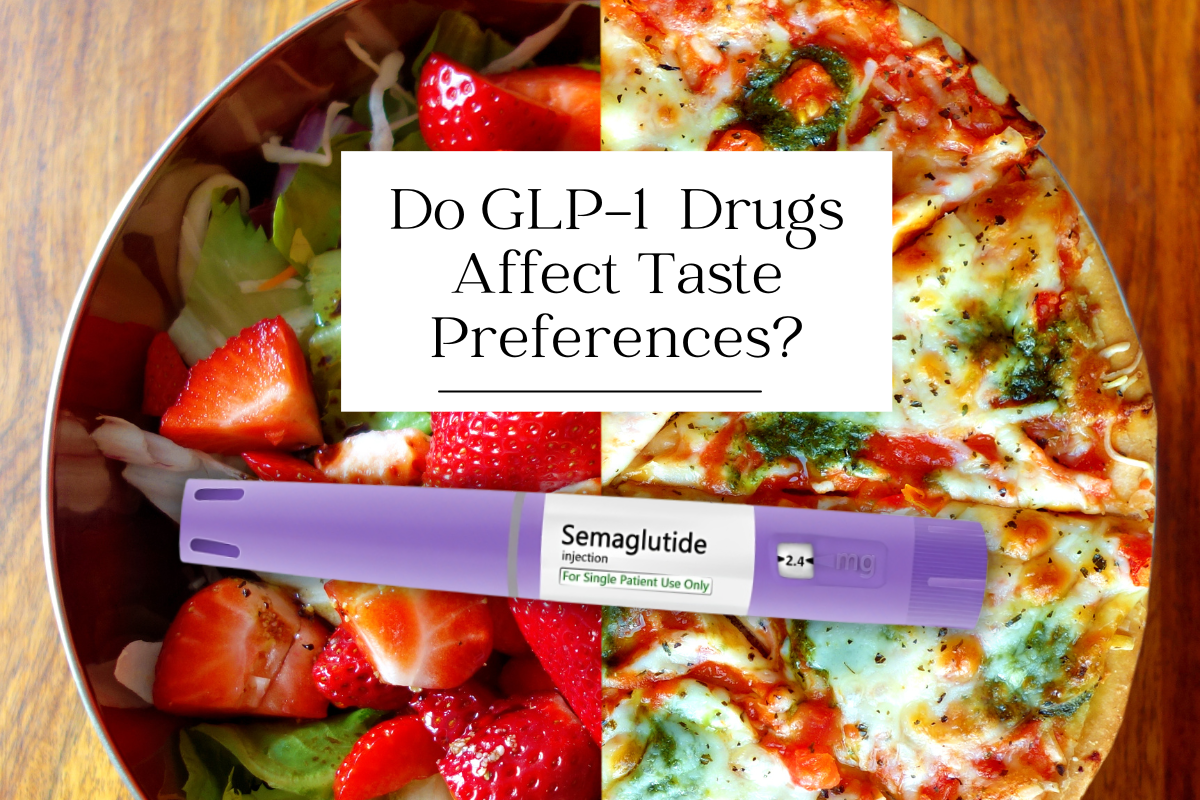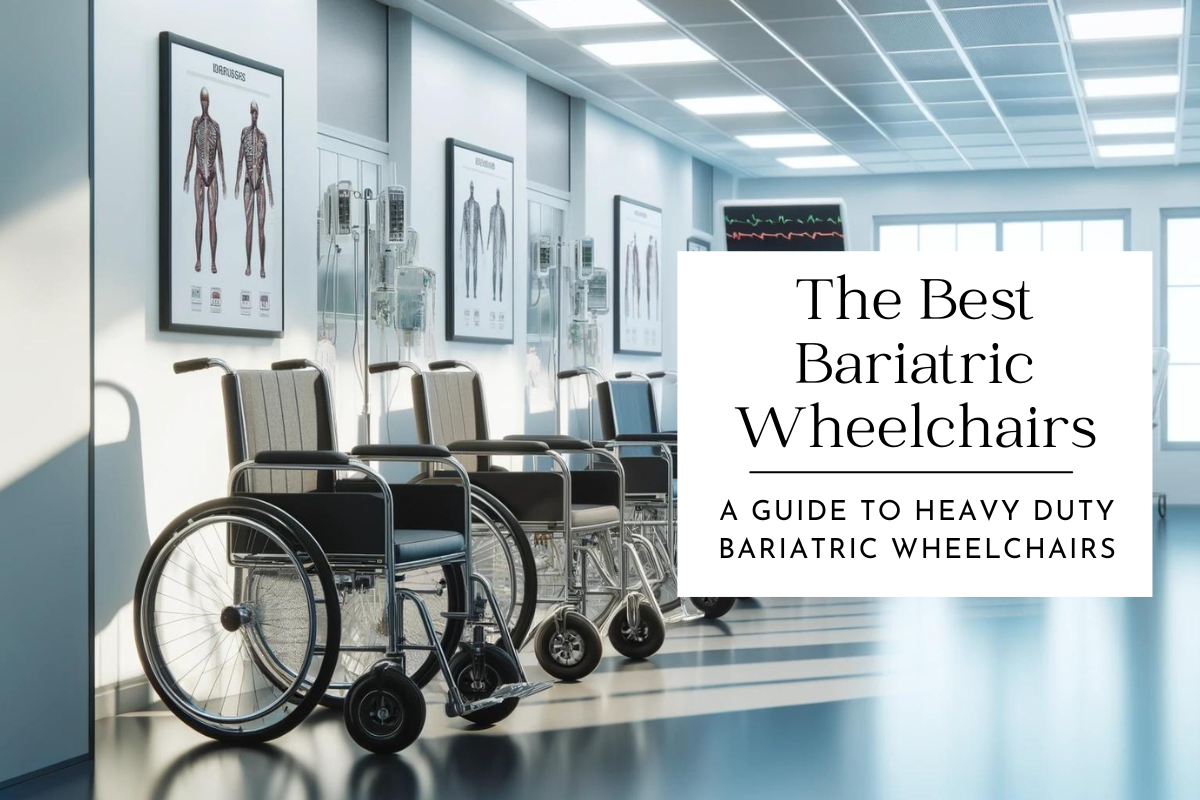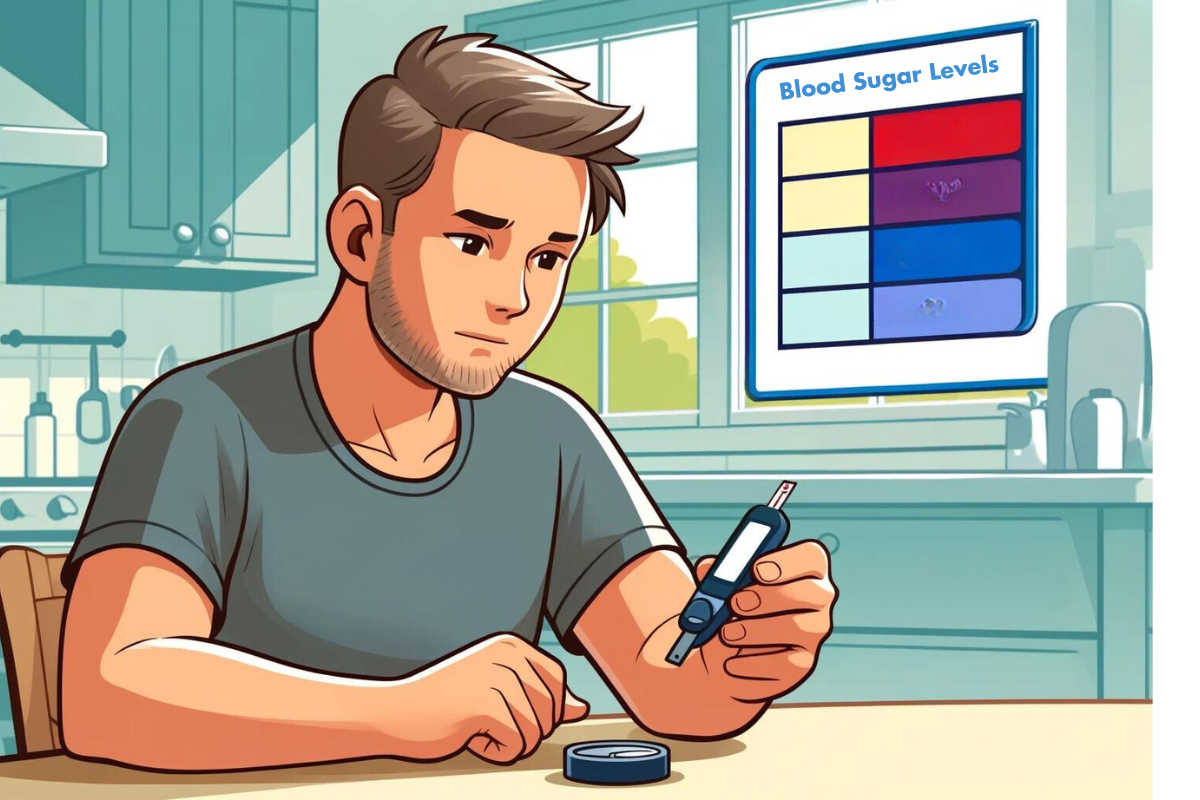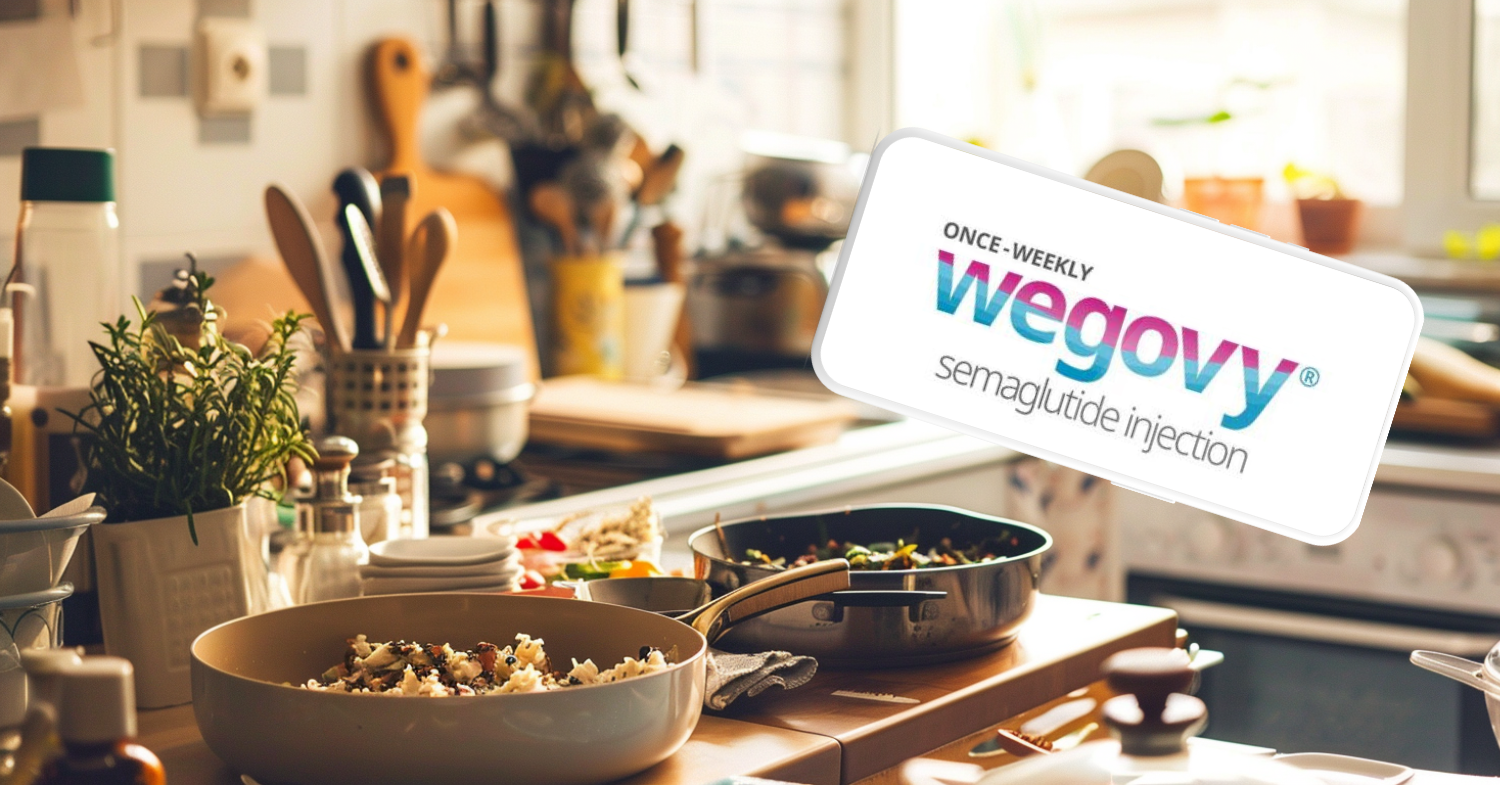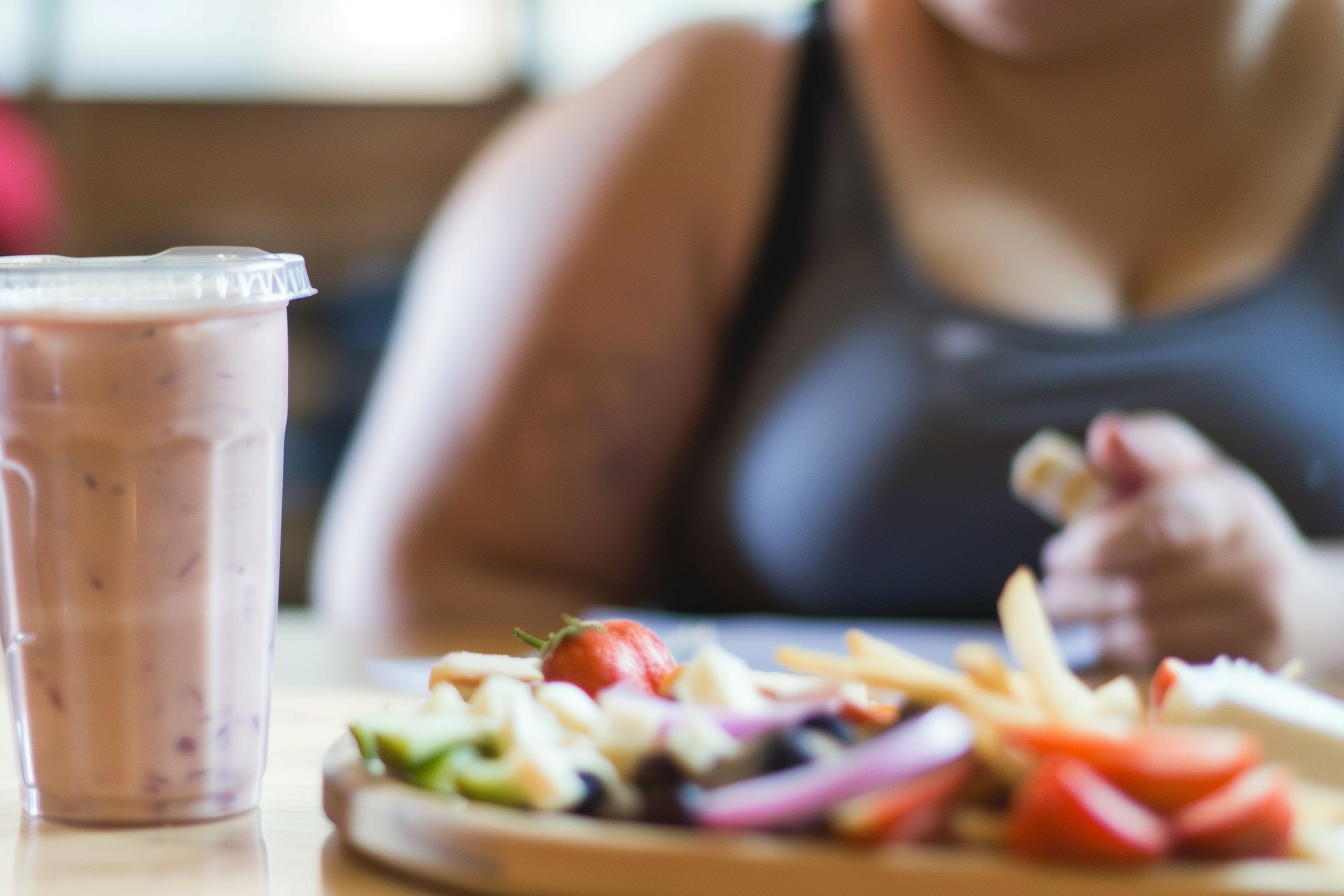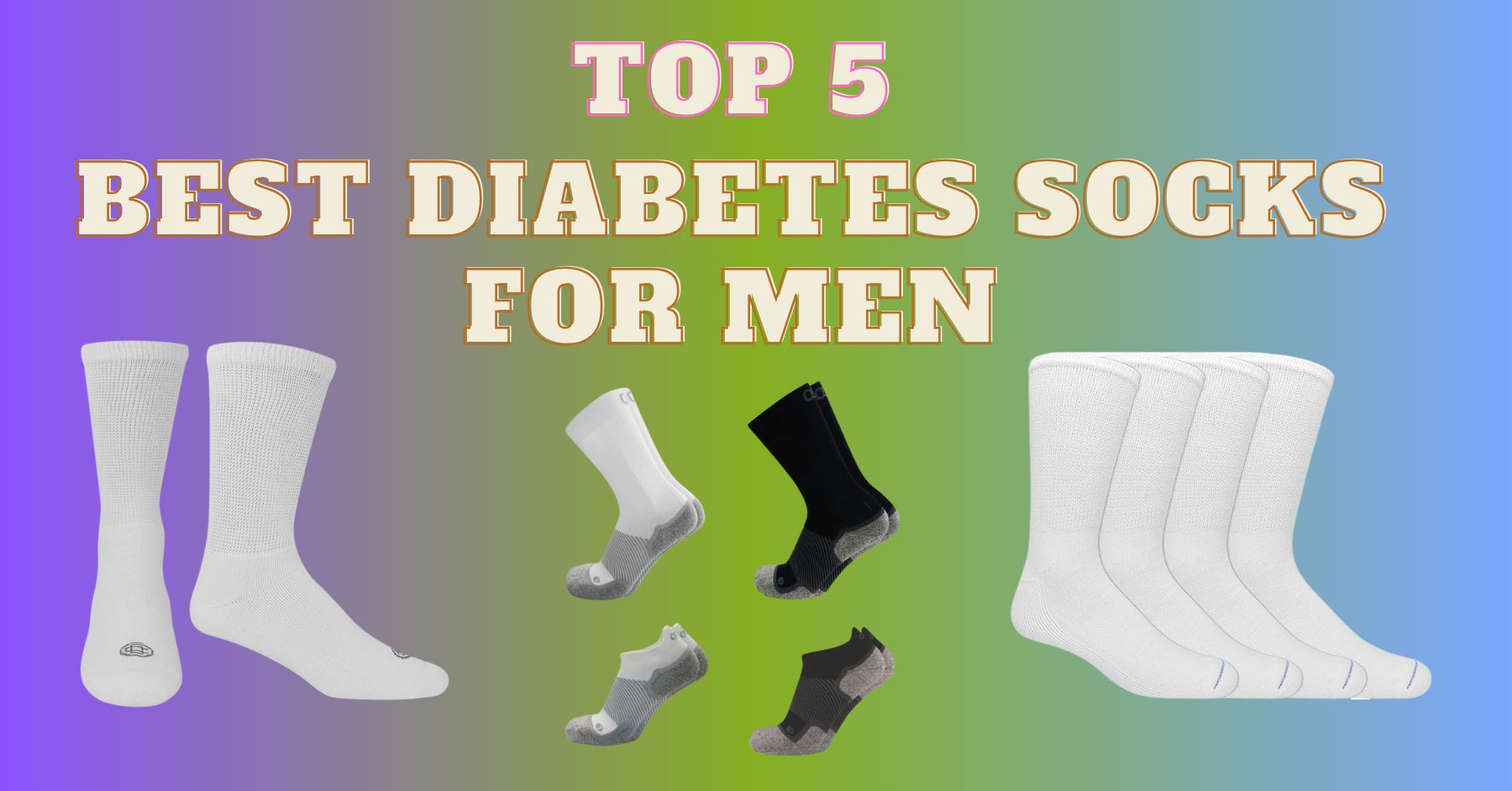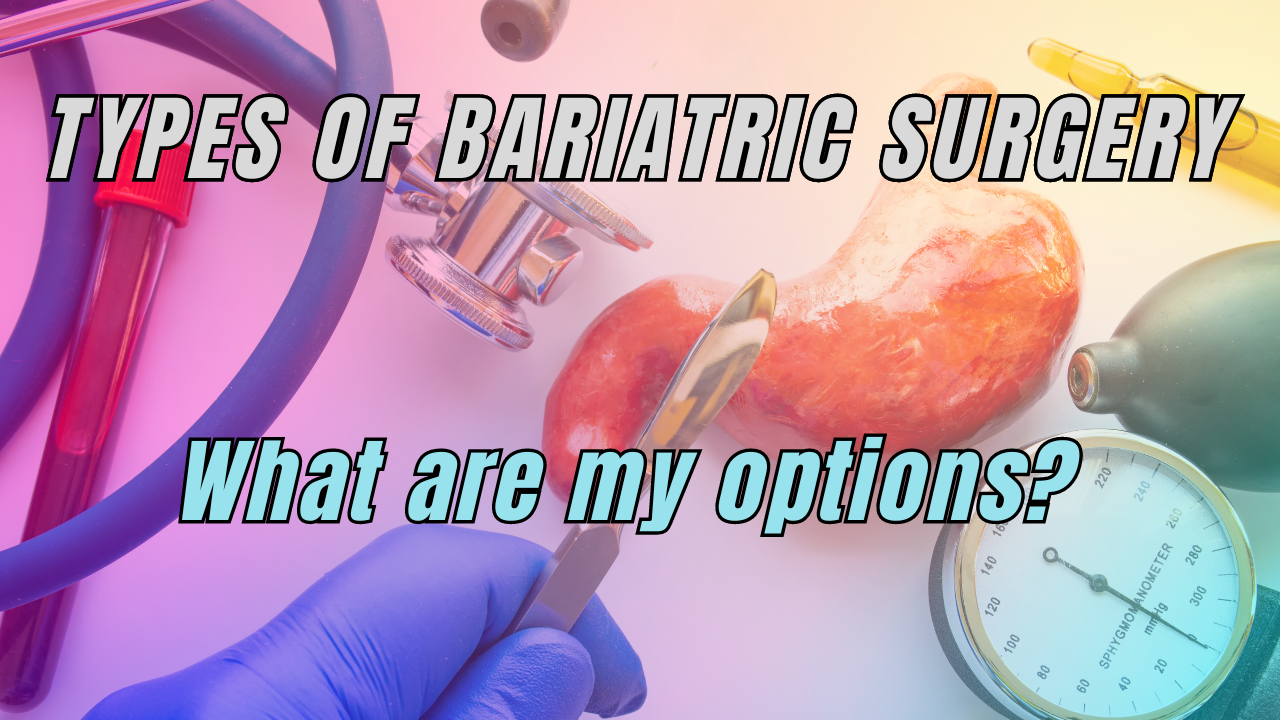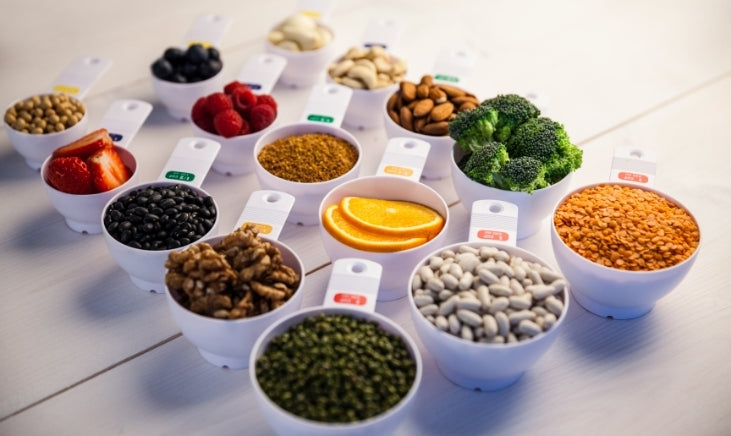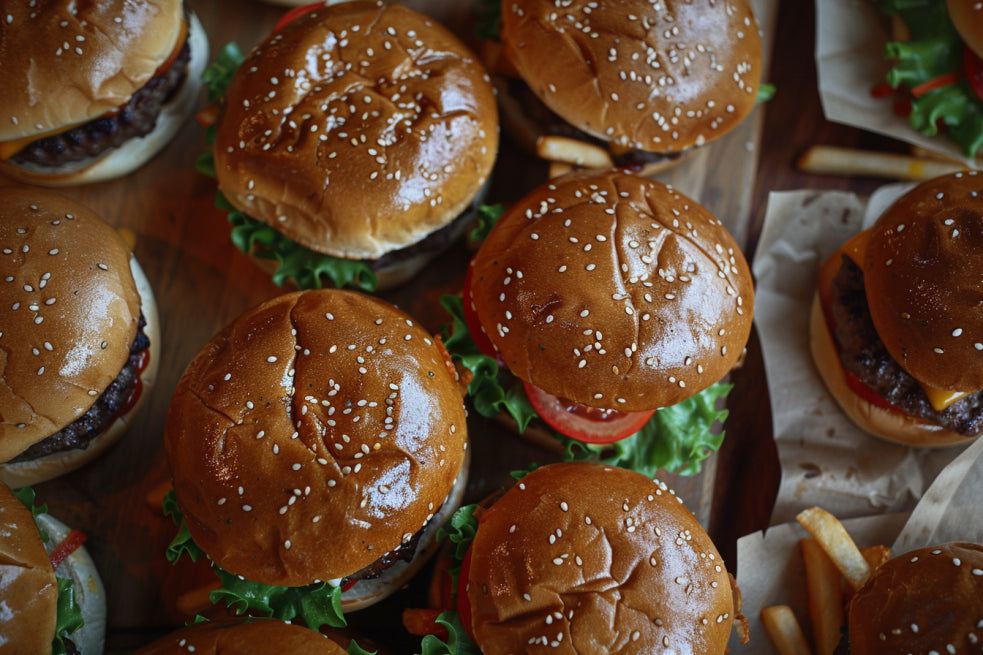Your cart is empty
Looks like you haven't added anything to your cart yet
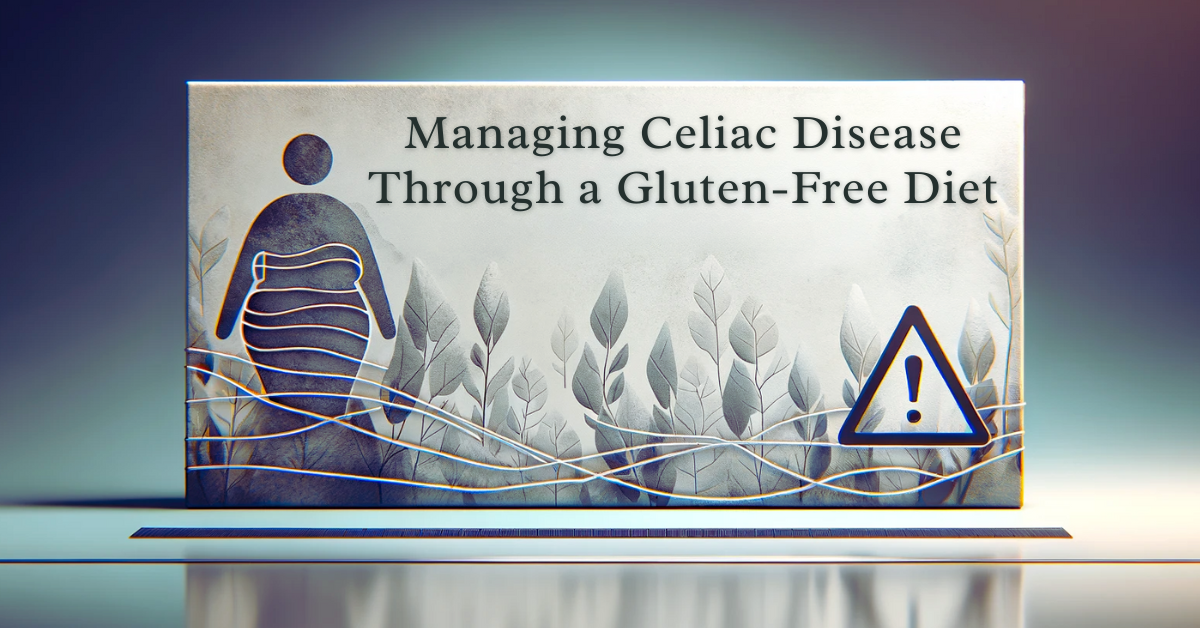
Managing Celiac Disease Through a Gluten-Free Diet: My Challenges & Journey
Lessons Learned from Gluten-Free Living in the 1980s
Many of us have heard of or explored a gluten-free diet as a way of feeling healthier, or even helping to maintain our weight in a healthy zone. In the past two decades, the gluten-free concept has become quite mainstream. In the 1980s however, people, gluten, and quantum mechanics were on about the same level – nobody knew anything. The path I was forced to follow by circumstance helped me learn a few very important lessons that I wish to share with you to help you on your path.
My Journey with Celiac Disease
When I first developed celiac it caused me to become very depressed – I would have patches of great energy followed by a crash, foul mood, upset stomach, depression, anger, emotional instability, and poor sleep. As I learned not to eat gluten, I noticed my mood became more stable, and then when I accidentally had some gluten it became erratic.
On a visit to Rhodes University as a kid, a wise Prof there showed us an oscilloscope. This produced a wave-shaped graph with a line through it. You could turn a knob and make the waves bigger or smaller (amplitude). There was a line that was the baseline that ran through the graph. If you made the waves very flat, you could then move the waves, and this line up and down the screen. I remember thinking that our objective in life is to get the fluctuations we have around our baseline as low as possible, and then increase the baseline – to achieve a permanently healthy, productive, content baseline. The fluctuation between feeling sad and feeling amazing is just not good. Having a stable baseline that is content and productive is good.
The Importance of a Gluten Free Diet in Celiac Management
If we look at the human body, the supply chain of nutrients to the brain determines how happy/content you can be, and the supply chain of energy to your body determines what you can do with that happiness. I found that the first step for me was to fix my intestines. To do this, I reverted to the simplest possible diet that would have no gluten contaminants in it. Even today, the FDA has rather relaxed requirements for something to be “gluten-free” which is less than 20 ppm of gluten – that is 20 milligrams per kilogram. To put this in perspective this is about the same dose of Prozac a person takes to go from depressed to “normal”. This means something that is nominally gluten-free could still have quite a bit. As an example, maize meal, or rice meal could be made from maize or rice transported in ships that transported wheat.
Establishing a Safe and Healthy Diet
If we look at the risks above, we want to have a completely healthy baseline diet with a balanced vitamin and nutrient intake that is free of any risk of gluten while you fix your intestines. I think it is best to start by eating potatoes, vegetables, and other things that you can clearly see never had contact with any wheat. Once you achieve stability, you can then introduce new items into your diet. For the first few months, it is really important to be ridiculously strict. This means not even sharing a dishwasher with “gluten stuff”. In my journey, I learned that a diet of pumpkin, vegetables, low glycemic index fruits, a specific brand of rice, potatoes, sweet potatoes, beef, mutton, and game meat worked very well. The chicken did not work – this is because the chicken was fed a ration containing gluten, and when processing the chickens this sometimes spilled and contaminated the meat. I learned the same for pork. I am now much older and I guess my immune system is winding down so I can eat chicken and pork safely now. I am still cautious however and mainly rear my chickens, and ducks and buy free-range pork from my friend. In this way, I know that the chances of accidental exposure are reduced.
Following the Gluten-Free Diet
My personal development of a diet that worked for me was something that happened in a world where the word “gluten-free” was unknown. Today, many products are labeled as “gluten free” which is per the FDA approved guidelines. Personally, if you have been prescribed a bariatric diet and are also a celiac, my observation is that you are under a significant amount of extra risk and diet stress. The risk of exposure to gluten in “gluten-free” products that comply with the 20ppm gluten limit is quite high so there is a need to apply common sense. From this, we can look at common “gluten-free” products and make a real judgment as to whether they are “safe” while you get your system stable.
Evaluating Gluten-Free Products
Gluten Free Oats – in my opinion – unsafe. Oats and wheat look similar – the combine harvester will harvest wheat if it grows in an oats field as a weed. The result is that there is always some gluten in oats. This study shows this.

I have a small rice paddy next to my swimming pool to act as a natural filter. So I have clean water and fish in my pool and don’t have to waste time cleaning the pool. At the end of the season I get 3-6 pounds of kilombero rice!
Rice – in my opinion – is safe. Rice is grown in rice paddies. I grow rice for fun. The chances of a wheat plant growing in a rice paddy are really low – wheat dies when it is submerged in water. For a celiac, rice, and rice-based products are probably the safest of the grain products. I like to buy rice that is packed in a rice-producing country – this means that there is no risk of bulk rice being moved in a truck or ship that carries wheat the other way. Rice-producing countries often import wheat. If the rice is bagged in the country of origin, this reduces the risk. Rice and rice products are recommended for gluten-free diets.
Gluten-free wheat flour – in my opinion - is unsafe. The idea of using enzymes and processes to remove the gluten from wheat flour is great, but again, the risk of residual unreacted gluten is high. It is also worth noting that gluten is what makes wheat flour taste good – if you remove this you remove the good part of the wheat.
Potatoes, sweet potatoes, yams – I am a firm believer in these three. They are nature's little mineral treasure troves. We know they are gluten-free if we buy them and process them ourselves. Sweet potatoes especially are an excellent, filling, low-calorie meal that is so healthy it could be a medicine!


Sweet potatoes and potatoes now come in so many different colors – including purple potatoes in your diet brings in many beneficial antioxidants. I grow a lot of potatoes just for these benefits!
Gluten-Free Bread and Cake – it is important to read the labels on these products and make sure they are made in a dedicated gluten-free facility. If I see a product that contains oats, and it claims to be gluten-free I will not buy anything from that entire brand. There are genuine celiacs that often become makers of these products – find these. There is no paid promotion here, but I buy Orgran products. These Australian products were so ahead of the curve when they first came out and have maintained their competitive advantage. I have never had an adverse reaction to any of their products. There were two schools of thought about celiac in the 1970-2000’s. The Australian one, and everybody else. The Australian school of thought seems to have been right, and the Australian celiacs fared a bit better than the rest as a result.
Processed vegetables – avoid if it says on the label that they are processed in a factory that processes gluten. I have had many problems with this sort of carryover from crumbed lines getting into the next batch of vegetables.
Gluten-free pasta – various kinds of pasta exist. I generally enjoy rice-based products, although several other beans, maize, and similar options exist. Buying genuinely gluten-free products works. The big problem is if you go to a restaurant and order a gluten-free pasta meal, they often make it next to normal pasta- this is not good.

A few examples of my personal stash of gluten free pasta products. I don’t consume these often but keep a little stash on hand in case the urge catches me. Pasta, no matter how gluten free, low glycemic index, fair trade, organic, bunny friendly and so on that it is, just makes me gain weight. I save it for very special occasions. It does not go bad with time.
Gluten-free pizza – most pizza restaurants now, even budget ones, have gluten-free pizza bases – these pizzas will normally be cooked in the same oven, using the same utensils and the same preparation area, with hands covered in flour. Avoid. Make your own at home.
Beans and peas – I find the dry beans and peas on the market tend to be quite safe. I have never had an adverse reaction to these. The harvesting methods to harvest these products mean that the chances of wheat accidentally ending up in the product are very low.
Lentils – in my opinion unsafe - I do not know why this is, but sometimes lentils will have wheat in them. A grain here and a grain there. I have been to lentil-growing regions in India and often the lentils are dried on the edge of highways – this may just be some grains that drop off and get mixed into the mess. Inspect your lentils when buying and look for contaminant grains. If it is free, you can probably trust it.

I just went to my pantry to take a photograph of my “safe” brand of lentils to show what good lentils should look like and found these two wheat grains in that. This represents over 20ppm gluten for my lentils I thought were safe demonstrating how important it is to be very observant. (I’m deeply disappointed by this discovery as I just bought bulk lentils).
Mustard – mustard grain is often grown as an intercrop in wheat-producing areas. I have frequently found that mustard gives me a negative reaction if I buy other commercial brands of mustard. I prefer to buy my mustard seed (a mix of yellow and brown) soak it in vinegar and honey, add salt to taste, and make my Dijon-style mustard. It’s better than anything you can buy, so there is no major loss here.
Ketchup – this is a real curve ball of a product. Tomato paste is traded globally as a commodity, and tomato paste producers are a cutthroat dodgy bunch of crooks. I have found that some brands of ketchup work, and then give me a reaction, and then are fine, etc. Be careful. Or make your own.
Vinegar – Vinegar, if it is not labeled, can contain gluten. I prefer to use honey vinegar, berry vinegar, or cider vinegar as these products exclude gluten. Grain vinegar is not safe.
Wine and beer – these are often not safe. Beer because it contains barley. Wine because certain winemakers can use gluten products in the process to make the wine clear. Many winemakers have been known in the past to use all sorts of creative methods to get the wine clear – there is even research into commercial gluten products to clear wine. I find that mead, white wine, ciders, and spirits are safer. Whisky, even though it is made from a gluten product, is safe as it is distilled and the gluten proteins do not distil.
Your Path Forward
Stick to the above simple diet for three to six months avoiding all risks. Work closely with your bariatric Doctor and Dietician and make sure to take supplements formulated for people with reduced vitamin absorption. This is particularly important for celiacs – without supplements in my diet, no matter how healthily I eat, I start to feel flat and run down. For me personally,
Writer: Dr. G. Cambray Dr. Cambray has a PhD in applied microbiology and works in several fields including research into products that enhance the human microbiome. He is a beekeeper, gardener, and mushroom cultivator who believes you are what you eat. In this regard, you must pay special attention to the quality of the food and supplements you consume to ensure you can be the best version of yourself. |
Reviewed By: Dr. K. Huffman Dr. Kevin D. Huffman, D.O., is a board-certified bariatric physician renowned for his expertise in treating obesity. With over 10,000 patients and a reputation as a national leader in bariatric medicine, he has trained hundreds of healthcare providers. Dr. Huffman develops protocols and training materials for medical societies, pharmaceutical companies, patients, and hospitals. |
- Choosing a selection results in a full page refresh.

